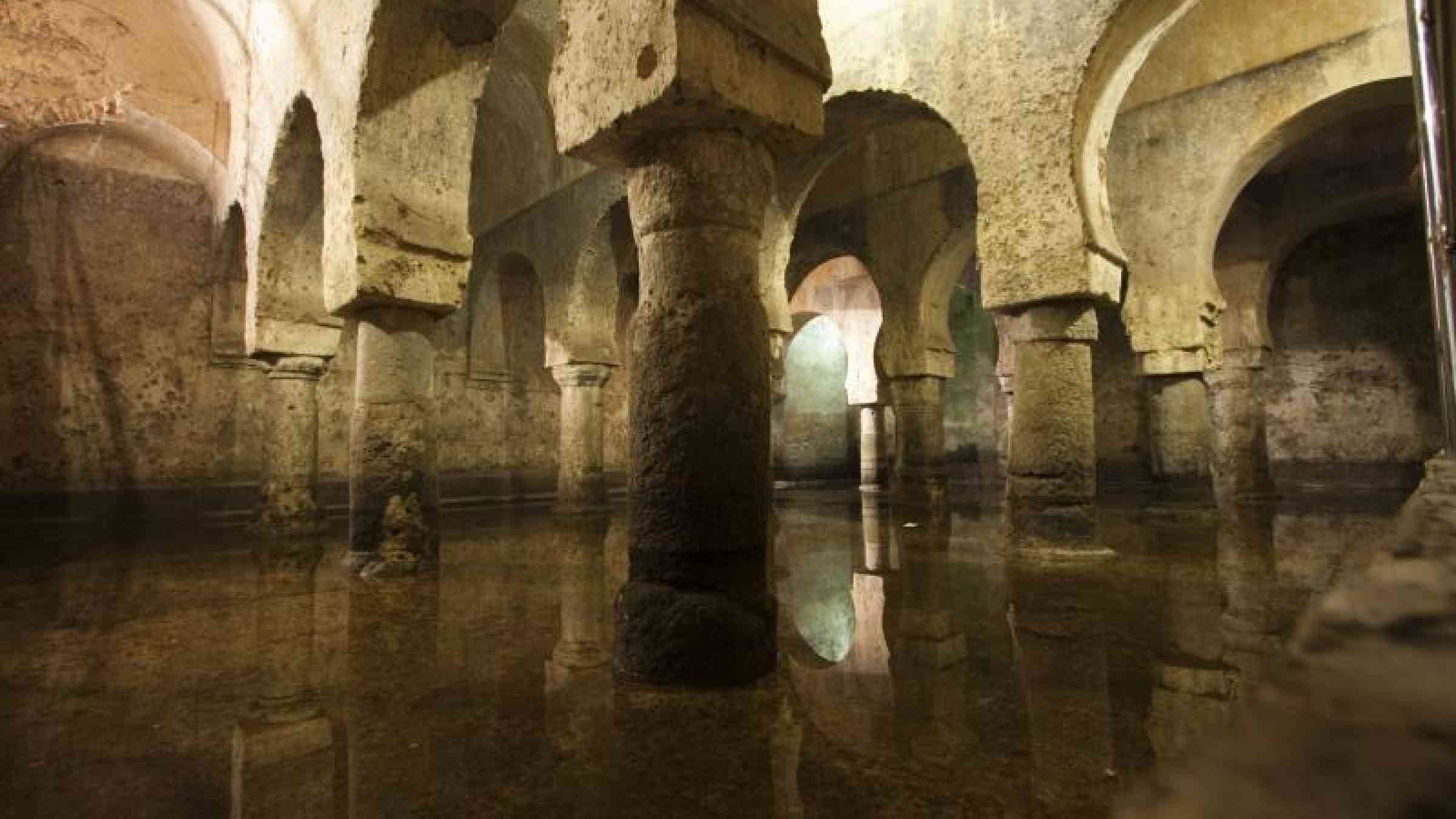The rain in Spain: How an ancient Arabic technique saves Alicante from floods

By Stephen Burgen
To protect itself from destructive flooding, the city has built a park designed to store and recycle rainwater
[...]
In San Juan, a low-lying area of the city, authorities have built a new park with a twist. Called La Marjal, it serves as a typical recreation area and a nature reserve – but its primary purpose is to store, and then recycle, rainwater.
In function it resembles an aljibe, a technique developed by Arab residents of Spain many centuries ago, in which rainwater is collected and stored in a kind of cistern underneath a building. La Marjal does a similar job, but outdoors. The water is also then diverted to a nearby treatment plant, where it can subsequently be used to clean streets and water parks.
[...]
“When the rainfall is too heavy for the storm drains to cope, the overflow is diverted to the park,” explains Amelia Navarro, director of sustainable development for the Alicante water authority.
“It has the capacity of 18 Olympic pools but it’s never reached more than 30%,” she says, not even after its first big in test 2017 when there was unusually heavy rain.
[...]